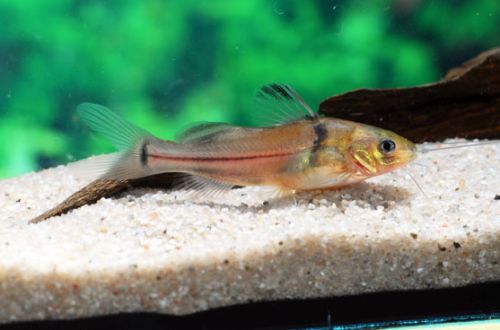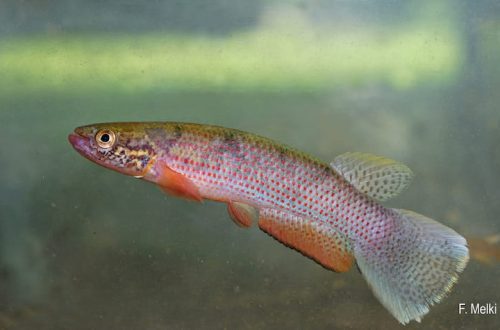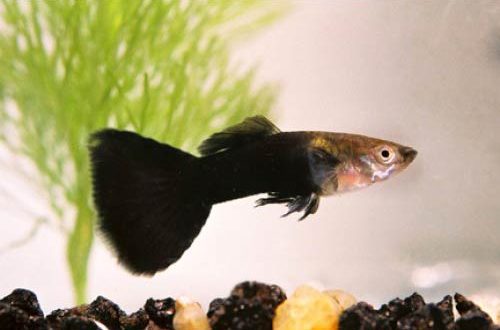
Somic-bun
Brachyrhamdia meesa or catfish pin, scientific name Brachyrhamdia meesi, belongs to the Heptapteridae family. A rare guest in a home aquarium, as a rule, is imported by chance, together with other similar species. And although this species is not a little more difficult to keep than other catfishes, the inconspicuous coloring does not arouse particular interest in them.

Contents
Habitat
It comes from South America, the exact habitat is still unknown. For the first time this type of catfish was exported in the mid-1980s from the city of Belem, located at the mouth of the Amazon River. According to some reports, it is found everywhere, several catfish identified as Brahiramdia meeza were found in the Madre de Dios River in the upper reaches of the Amazon in northern Bolivia.
Brief information:
- The volume of the aquarium – from 80 liters.
- Temperature – 24-28°C
- Value pH — 6.0–7.5
- Water hardness – soft (1-10 dGH)
- Substrate type – sandy
- Lighting – subdued or moderate
- Brackish water – no
- Water movement – light or moderate
- The size of the fish is up to 8 cm.
- Nutrition – any sinking with meat additives
- Temperament – conditionally peaceful
- Content single or in a group
Description
Adults reach a length of about 8 cm. The color is pale gray, a lighter stripe stretches along the middle of the body with a thin black line crossing at the base of the tail – a similar pattern looks like a needle or pin. Sexual dimorphism is weakly expressed, males practically do not differ from females.
Food
In nature, they feed on aquatic invertebrates. Live and frozen food (bloodworms, small earthworms) should be regularly fed into the aquarium, which will be an excellent addition to dry sinking food.
Maintenance and care, arrangement of the aquarium
The optimal tank sizes for one fish start at 80 liters. The decoration is quite simple and consists mainly of a sandy substrate and a few shelters in the form of snags. Plants are not essential, although clumps of floating vegetation can serve as a means of shading the aquarium. The pin catfish prefers subdued light and will spend more time in hiding in bright light.
Water conditions have slightly acidic pH values with low carbonate hardness. High demands are placed on water quality, the catfish is not tolerant of the accumulation of organic waste, therefore, a productive filtration system, along with a weekly replacement of part of the water (15–20% of the volume) with fresh water, is mandatory.
Behavior and Compatibility
In general, it is not an aggressive calm look, however, like most other catfish, it can eat small fish, the extreme promiscuity in food is to blame. He is not very sociable with his relatives, but no conflicts were noted either. It can be kept both alone and in a group, if the size of the aquarium allows.
Breeding / breeding
Cases of successful breeding of catfish-pins in an artificial environment are not known. Aquariums come mainly from the wild.





